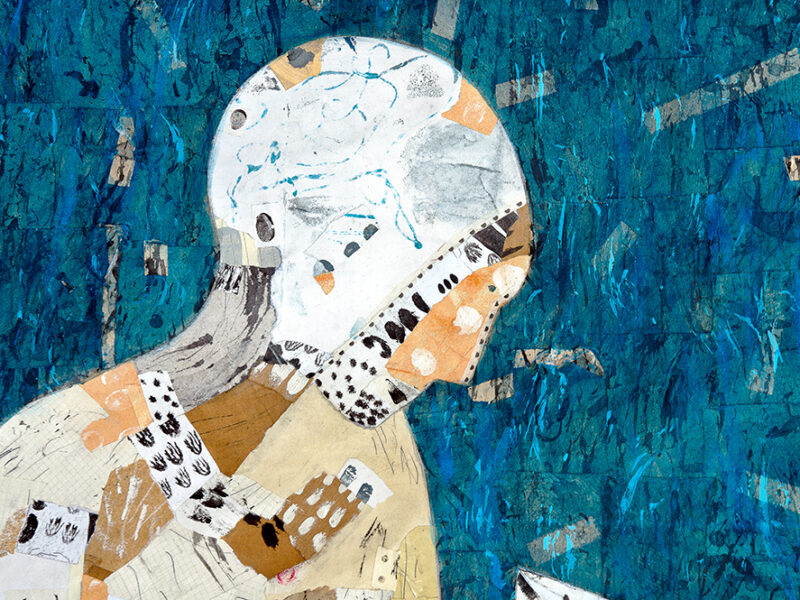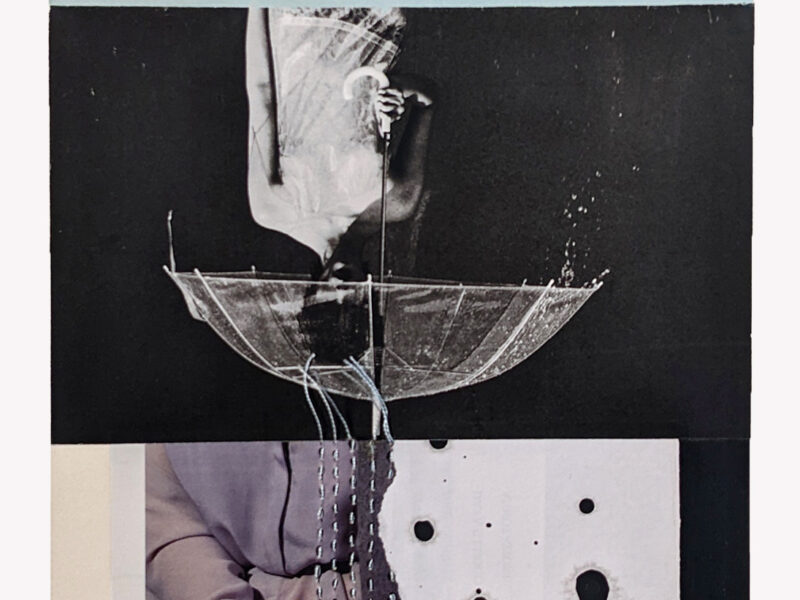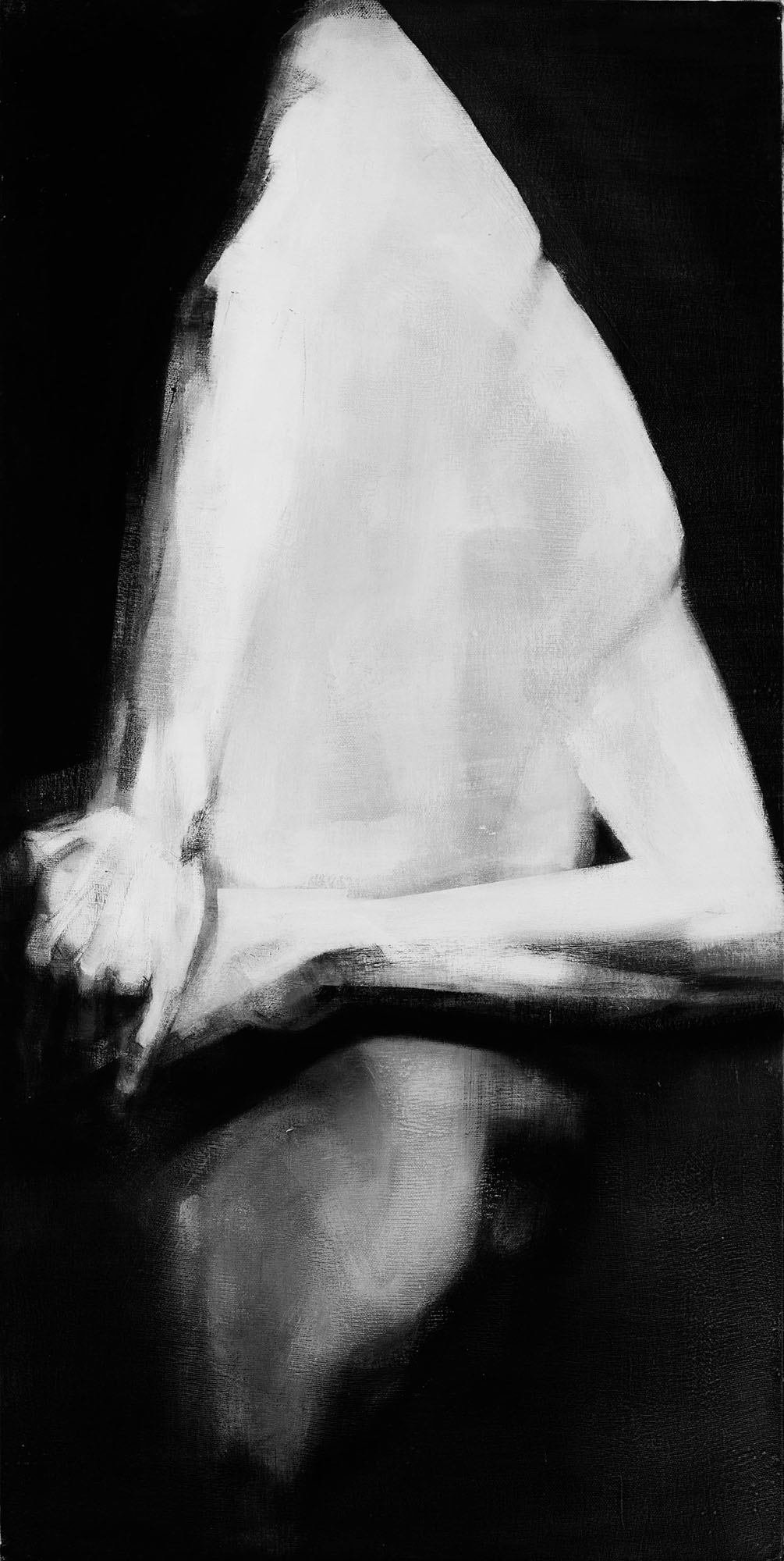
Oleh | Whitescapes
Sometime one summer during the early 1990s, I was invited to a party. The host was an Anglo-American art collector, and the party was in the collector’s house, which was in a city at the southern end of a northern European country. First impressions on arrival at this house: It was big (but then so were the houses around it, so it didn’t appear that big). It was the kind of area – a wealthy area of a rich city – where only small or shabby things looked strange or out of place (like the solitary drunk I saw wrapped in an old yellowish-green overcoat). The house looked ordinary enough from the outside: red brick, nineteenth or early twentieth century, substantial but unostentatious. Inside was different. Inside seemed to have no connection with outside. Inside was, in one sense, inside-out, but I only realized that much later. At first, inside looked endless. Endless like an egg must look endless from the inside; endless because seamless, continuous, empty, uninterrupted. Or rather: uninterruptable. There is a difference. Uninterrupted might mean overlooked, passed by, inconspicuous, insig- nificant. Uninterruptable passes by you, renders you inconspicuous and insignificant. The uninterruptable, endless emptiness of this house was impressive, elegant and glamorous in a spare and reductive kind of way, but it was also assertive, emphatic and ostentatious. This was assertive silence, emphatic blankness, the kind of ostentatious emptiness that only the very wealthy and the utterly sophisticated can afford. It was a strategic emptiness, but it was also accusatory.
Inside this house was a whole world, a very particular kind of world, a very clean, clear and orderly universe. But it was also a very paradoxical, inside-out world, a world where open was also closed, simplicity was also complication, and clarity was also confusion. It was a world that didn’t readily admit the existence of other worlds. Or it did so grudgingly and resentfully, and absolutely without compassion. In particular, it was a world that would remind you, there and then, in an instant, of everything you were not, everything you had failed to become, everything you had not got around to doing, everything you might as well never bother to get around to doing because everything was made to seem somehow beyond reach, as when you look through the wrong end of a telescope. This wasn’t just a first impression; it wasn’t just the pulling back of the curtain to reveal the unexpected stage set, although there was that too, of course. This was longer-lasting. Inside was a flash that continued.
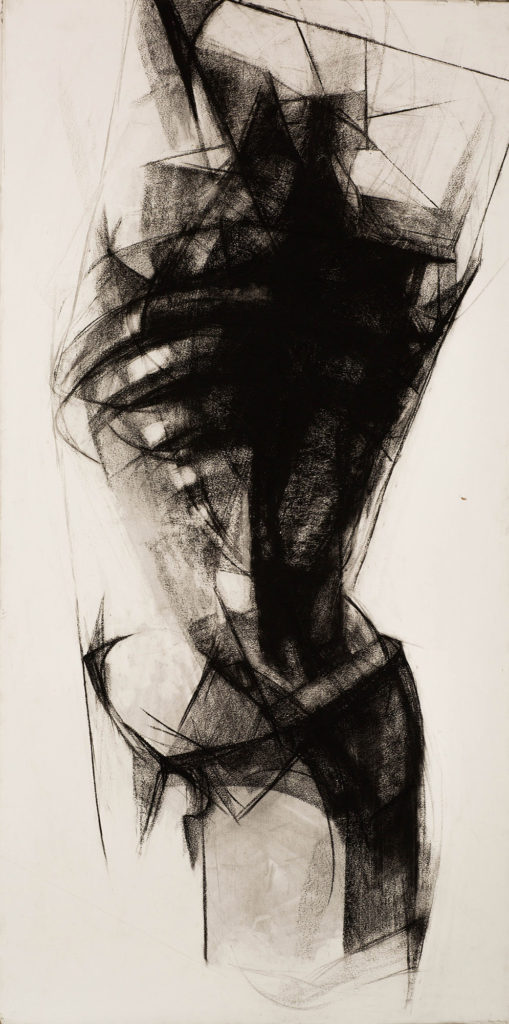
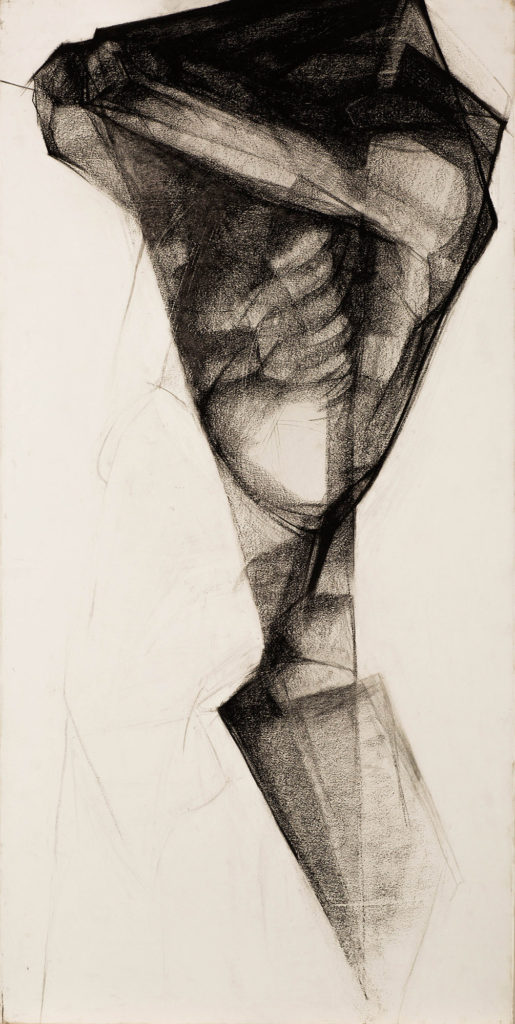
There is a kind of white that is more than white, and this was that kind of white. There is a kind of white that repels everything that is inferior to it, and that is almost everything. This was that kind of white. There is a kind of white that is not created by bleach but that itself is bleach. This was that kind of white. This white was aggressively white. It did its work on everything around it, and nothing escaped. Some would hold the architect responsible. He was a man, it is said, who put it about that his work was ‘minimalist’, that his mission was to strip bare and to make pure, architecturally speaking, that his spaces were ‘very direct’ and ‘very clear’, that in them there was ‘no possibility of lying’ because ‘they are just what they are.’ He was lying, of course, telling big white lies, but we will let that pass for the moment. Some would hold this man responsible for the accusatory whiteness that was this great hollow interior, but I suspect that it was the other way around. I suspect that the whiteness was responsible for this architect and for his hollow words. This great white interior was empty even when it was full, because most of what was in it didn’t belong in it and would soon be purged from it. This was people, mainly, and what they brought with them. Inside this great white interior, few things looked settled, and even fewer looked at home, and those that did look settled also looked like they had been prepared: approved, trained, disciplined, marshalled. Those things that looked at home looked like they had already been purged from within. In a nutshell: those things that stayed had themselves been made either quite white, quite black or quite grey. This world was entirely purged of colour. All the walls, ceilings, floors and fittings were white, all the furniture was black and all the works of art were grey. Not all whites are as tyrannical as this one was, and this one was less tyrannical than some: Is it that by its indefiniteness it shadows forth the heartless voids and immensities of the universe, and thus stabs us from behind with the thought of annihilation, when beholding the white depths of the milky way?
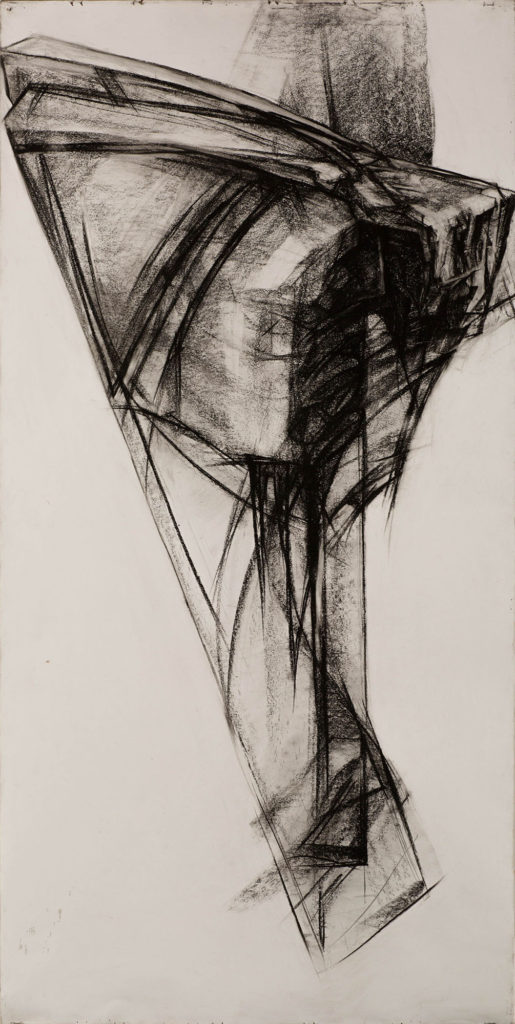
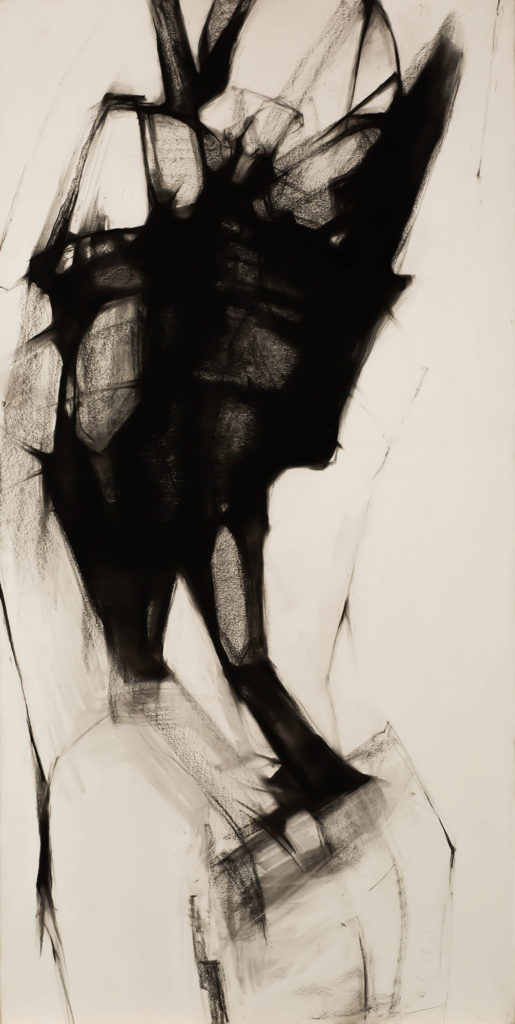
Next to the white that was Herman Melville’s great Albino Whale, this white paled. Next to the deathly, obsessive white that insinuated its way into the dark heart of Joseph Conrad’s Captain Marlow, this white was almost innocent. Admittedly, there was some Conradian residue in this shallower white: ‘Minimalism’, it seemed to say, ‘is something you arrive at, a development of the sensitivity of the brain. Civilization started with ornamentation. Look at all that bright colour. The minimalist sensitivity is not the peak of civilization, but it represents a high level between the earth and sky.’ But this wasn’t spoken with the voice of a Marlow; it contained no irony, no terror born of the recognition that whatever appeared before you now had always seen you before it a thousand times already. Rather, this was the voice of one of Conrad’s Empire functionaries, one of those stiff, starched figures whose certainties always protect them from, and thus always propel them remorselessly towards, the certain oblivion that lies just a page or two ahead. What is it that motivates this fixation with white?
First of all, let’s get the term minimalism and its careless association with whiteness out of the way. In reality, this didn’t occur very often at all, at least in the Minimalism that consisted of three-dimensional works of art made during the 1960s, mostly in New York. Certainly, there are a good many skeletal white structures by Sol LeWitt. And Robert Morris was suspicious of colour, so he painted his early work grey, but not white. Dan Flavin used tubes of white light – or rather daylight, or cool white, which is to say whites, not white – but his work was more often than not made in pools of intermingling coloured light: red blue green yellow orange, and white. Carl Andre: intrinsic colours, the specific colours of specific materials – woods and metals in particular – no whites there to speak of. And Donald Judd: sometimes intrinsic colours, sometimes applied, some- times both together, sometimes shiny, sometimes transparent, sometimes polished, sometimes matt. Dozens of colours on dozens of surfaces, often in strange combinations: polished copper with shiny purple Plexiglas, or brushed aluminium with a glowing translucent red, or spray-painted enamels with galvanised steel, or whatever there was. In truth, the colours of Minimal art were often far closer to that of its exact contemporary, Pop art, than anything else. Which is to say: found colours, commercial colours, industrial colours, and often bright, vulgar, modern colours in bright, vulgar, modern collisions with other bright, vulgar, modern colours. To mistake the colourful for the colourless or white is nothing new.

